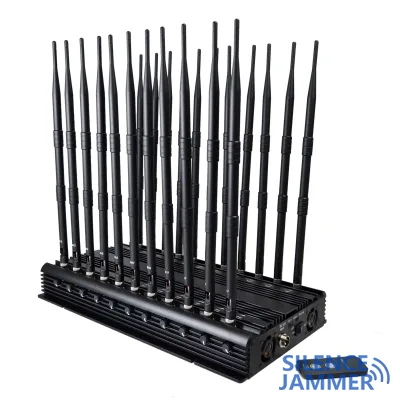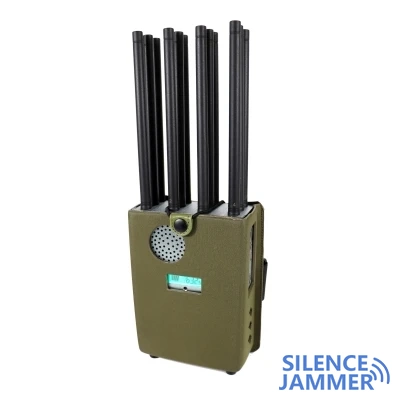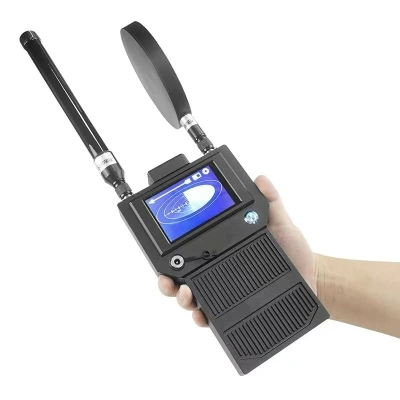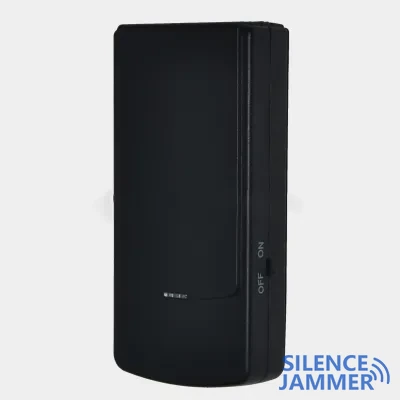Italian defense company Leonardo has launched an innovative drone signal jammer designed to counter enemy aerial threats through efficient electronic warfare means. The device made its debut at the 2023 Paris Air Show and received widespread attention. The launch of this new standoff siganl jammer marks a major shift in electronic warfare technology towards a more flexible and efficient direction.
Features of BriteStorm drone jammer
- Miniaturized and lightweight design: BriteStorm weighs about 2.5 kilograms and is the size of six Coke cans, making it easy to install on drones, especially large quadcopters or winged drones.
- Low-cost and expendable: The signal jammer device is low-cost and can be considered a disposable asset, suitable for the front line of the battlefield, and will not cause serious economic or strategic losses even if it is shot down.
- Highly efficient jamming and deception capabilities: BriteStorm uses digital radio frequency memory (DRFM) technology to receive and process enemy radar signals, and jams or deceives radars by creating electronic noise or "ghost" fighters.
- Wide frequency band coverage: BriteStorm's modules can cover low, medium and high bands, ensuring that it has sufficient flexibility in dealing with different types of radar threats, while also having multi-module transmission and reception capabilities.
- Standoff operations: Unlike traditional standoff drone frequency jammer devices, this device can penetrate deep into enemy territory to directly interfere with and suppress enemy air defense systems, significantly improving its battlefield effectiveness and operational flexibility.
Unique strategic advantages of BriteStorm jammers
Unlike traditional standoff jammer devices, BriteStorm emphasizes its "standoff" jamming capabilities. Standoff drone signal jammers usually rely on installing electronic equipment on large aircraft, away from enemy air defense systems, to jam or destroy radars through long-range signals. Although this method is safe, its location is easy to predict, and at a long distance, the effect is not as accurate and efficient as the standoff jammer blocker.

By installing on drones, BriteStorm can more flexibly enter the core area of the enemy's air defense system, directly suppressing and confusing it. Michael Lea, vice president of UK electronic warfare sales at Leonardo, said that the device can be used as a front-line force to enter the enemy area. Through its low-cost design, even if it is shot down on the battlefield, the economic and strategic losses are relatively small.
He further pointed out: "BriteStorm's pricing makes it a consumable asset, and when deployed on large quadcopters or winged drones, even if it is lost, it will not have a significant impact." This low-cost, high-efficiency design makes BriteStorm an important strategic tool in future air operations.
Creating "illusions" in front of enemy defense lines

Another notable feature of BriteStorm is its powerful interference and deception capabilities. After capturing the enemy radar signal, the device is able to create false signals of multiple "ghost" fighters, making it impossible for the enemy radar system to accurately locate the real target. This interference method greatly increases the burden on the enemy's defense system, making it unable to effectively respond to actual threats.
In addition, BriteStorm's maneuverability enables it to flexibly adjust its position near the enemy's air defense system, thereby maximizing confusion and suppression of the opponent. Compared with traditional standoff device jammers, it can get closer to enemy radars, thereby increasing the effectiveness of jamming.
BriteStorm system test flight success
The BriteStorm system has conducted a series of test flights at the Royal Air Force's Rapid Capabilities Office, demonstrating its excellent performance in actual combat environments. Leonardo believes that this device can have an advantage over Raytheon's MALD (Micro Air Launched Decoy). MALD is a consumable jamming missile that has been widely used on the Ukrainian battlefield, but BriteStorm's flexibility and maneuverability are clearly superior.

Michael Lea emphasized: "The position of the standoff jammer device is relatively fixed and predictable, while the standoff jammer blocker can be closer to the threat source, has greater maneuverability, and can exert greater suppression on the enemy's defense line."
The BriteStorm signal jammer launched by Leonardo undoubtedly provides a new strategic option for modern electronic warfare. Its lightweight, low cost and powerful jamming capabilities make it an indispensable part of the future battlefield. With this innovative device, Leonardo once again demonstrates its technological leadership in the global field of electronic warfare, while also providing the armed forces of various countries with an effective tool to deal with future battlefield threats.





